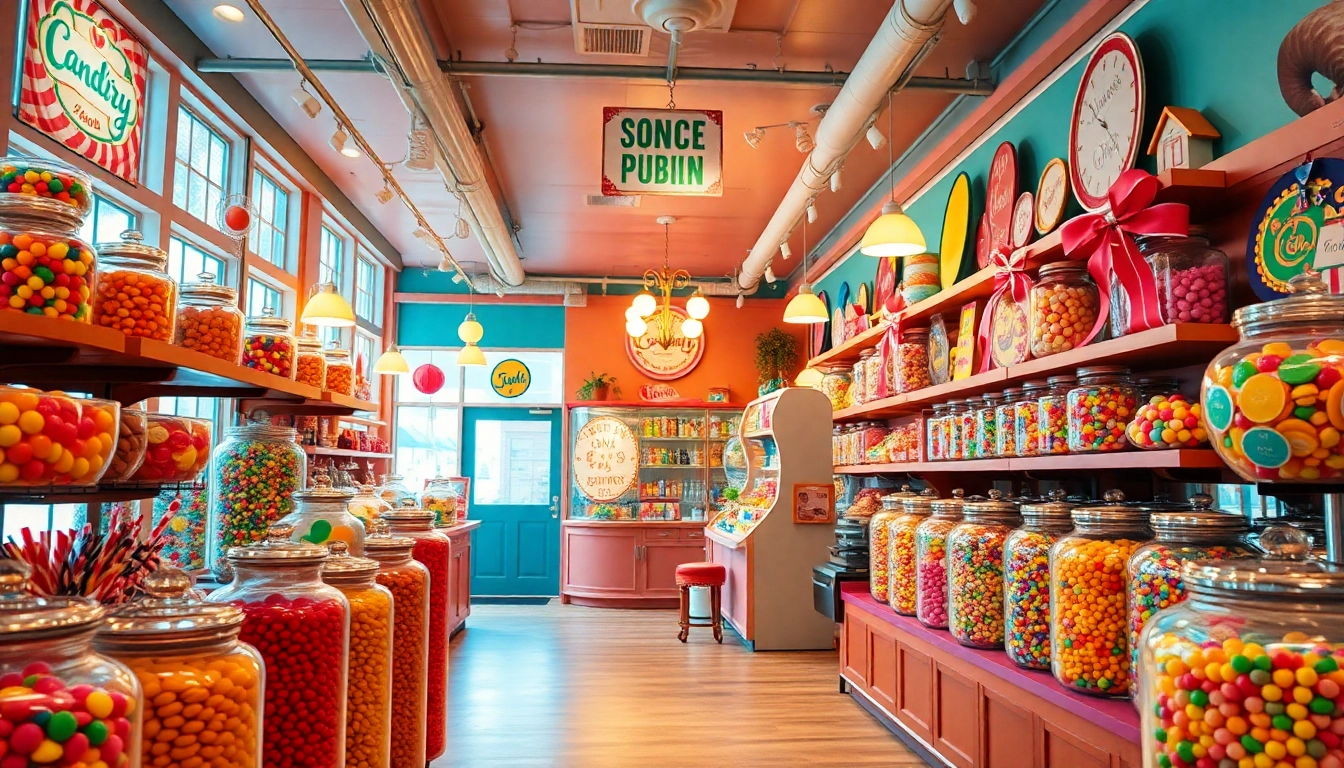Understanding Cabinet Hinge Types and Their Applications
Overview of Common Cabinet Hinge Types
Cabinet hinges are essential components that can significantly impact the functionality and aesthetic appeal of cabinetry. There is a wide variety of hinge types available, each designed for specific applications. One of the most prevalent types includes the butt hinge, typically used in traditional cabinetry and doors. These hinges consist of two plates that are butt-joined and allow for a 180-degree opening. Another popular option is the concealed hinge, often used in modern kitchen and bathroom cabinetry, as it remains hidden when the cabinet door is closed. This type creates a clean look while providing adjustable features for proper door alignment.
The European hinge is another common choice, especially for frameless cabinets. It offers a robust support system and soft-close options that enhance user experience by preventing doors from slamming. Other hinge variations, like the pivot hinge, are utilized in situations needing more flexibility or unique opening requirements, such as corner cabinets. Understanding the differences between these hinge types can help in selecting the most suitable option for your specific cabinetry needs. For more insights on Cabinet Hinge Manufacturers, it’s essential to delve into the practical applications of these hinges.
Choosing the Right Hinge for Your Cabinets
Selecting the appropriate hinge involves considering several factors, including the cabinet style, weight of the doors, and frequency of use. It is vital to consult the manufacturer’s specifications to ensure compatibility and optimal performance. For lightweight doors, a standard butt hinge may suffice, but heavier doors require robust concealed hinges or European hinges with soft-close mechanisms to prevent wear and tear over time.
Furthermore, the cabinet’s design can dictate hinge selection. For example, frameless cabinets benefit from the adjustability of European hinges, allowing for precise alignment during installation. An essential consideration is the overlay method—whether a full, partial, or inset overlay, which determines how the hinge is mounted relative to the cabinet structure. Proper alignment results in smoother functionality and a polished look.
Benefits of Using Quality Cabinet Hinges
Investing in quality cabinet hinges brings numerous advantages, including enhanced durability, improved functionality, and a polished aesthetic finish. High-quality hinges are often engineered with materials that resist rust, corrosion, and wear, ensuring longevity. For instance, stainless steel or high-grade brass hinges may initially be higher in cost but offer unparalleled reliability and reduced replacement frequency.
Moreover, reliable hinges contribute to user safety and convenience. Self-closing or soft-close mechanisms prevent doors from slamming shut, which can be a significant advantage in households with children or in commercial settings. Finally, aesthetically pleasing hinges can elevate the overall design of cabinetry, ensuring it aligns with the broader theme of interior design.
The Role of Cabinet Hinge Manufacturers in the Supply Chain
Importance of Manufacturing Standards in Hinge Production
Cabinet hinge manufacturers play a critical role in the supply network by adhering to stringent manufacturing standards that ensure product quality and performance. These standards are established by recognized organizations and define parameters for hinge durability, material composition, and functionality. Adopting industry standards such as ISO or ANSI not only establishes credibility but also assists consumers in choosing reliable products that conform to specified benchmarks.
A significant aspect of this quality assurance lies in ongoing testing and certifications. Manufacturers often implement quality control measures throughout the production process, ensuring that each batch of hinges meets or exceeds established regulations. This guarantees that consumers receive hinges that are safe, dependable, and effective for their cabinetry needs.
How Manufacturers Ensure Product Reliability and Durability
Manufacturers utilize multiple approaches to ensure product reliability and durability. Advanced manufacturing techniques, such as precision engineering and automated assembly, enable the production of hinges that function efficiently under varying stresses. Additionally, employing high-quality materials—like zinc, steel, or aluminum—adds to the longevity of cabinet hinges.
Manufacturers also invest in aftermarket support and warranties that enhance consumer trust and satisfaction. By providing extended warranties, they assure customers that their products are built to last, further justifying the investment in higher-quality options.
Understanding Lead Times and Supply Chain Management
The dynamics of supply chain management significantly impact cabinet hinge manufacturers, necessitating efficient lead times to ensure timely delivery and customer satisfaction. Manufacturers must assess their sourcing strategies for raw materials and streamline production processes to minimize delays. It is not uncommon for manufacturers to leverage technology to forecast demand accurately, thus improving warehouse management and inventory control.
Moreover, maintaining a relationship with suppliers can minimize supply chain disruptions caused by global events or fluctuations in demand. Effective communication and contingency planning are essential components in managing lead times and delivering quality products consistently.
Innovative Trends Among Leading Cabinet Hinge Manufacturers
Emerging Technologies in Hinge Design
The cabinet hinge industry is witnessing a surge in innovation, with manufacturing becoming increasingly technology-driven. New materials and designs are emerging that enhance performance and user experiences. For instance, self-contained hinge systems with integrated dampers provide seamless opening and closing without the need for additional components.
Moreover, technological advancements in 3D printing and CNC machining allow manufacturers to prototype designs rapidly and customize hinges to meet specific demands. These innovations are making way for more sophisticated hinge systems that can adapt to the user’s needs while maintaining robust durability standards.
Customization Options Offered by Manufacturers
Customization has become a significant trend among leading cabinet hinge manufacturers. Many offer a wide array of finishes, sizes, and configurations to meet the diverse aesthetic and functional preferences of consumers. Offering customizable solutions not only allows manufacturers to cater to specific client specifications but also sets their products apart in a competitive market.
This trend is particularly beneficial in the home improvement and architectural industries, where designers and homeowners favor personalization in their cabinetry. Manufacturers who recognize this market need and provide tailored solutions often gain a competitive edge over those with limited offerings.
Eco-Friendly Manufacturing Practices in the Industry
The growing demand for sustainable products is transforming how cabinet hinge manufacturers operate. Eco-friendly manufacturing practices are now a priority, with more companies focusing on using recycled materials and adopting energy-efficient processes. This shift responds directly to consumer preferences for environmentally responsible products.
For instance, some manufacturers have started using eco-friendly coatings that reduce harmful emissions and produce less waste. Additionally, initiatives to minimize water usage and increase recycling during production not only enhance sustainability but also contribute to cost savings over time. As consumers become increasingly aware of their environmental impact, manufacturers that prioritize green practices will likely enjoy a robust market share.
How to Evaluate Cabinet Hinge Manufacturers
Factors to Consider When Choosing a Manufacturer
When evaluating cabinet hinge manufacturers, it is crucial to consider several factors to ensure quality and reliability. Assessing experience and reputation in the industry can provide insights into their production standards and practices. Additionally, examining their product range is vital; manufacturers that offer a wide spectrum of hinges may be more likely to accommodate specific needs or requests.
Pricing is another critical aspect—it is essential to balance cost and quality. Sometimes, opting for the cheapest option may lead to long-term dissatisfaction due to poor performance or durability. Therefore, it’s wise to explore different price points and explore potential trades in materials or features that align with your budget and requirements.
Importance of Customer Reviews and Recommendations
Customer reviews and recommendations serve as powerful tools in evaluating cabinet hinge manufacturers. Feedback from past clients can provide valuable insights into product performance, durability, and the manufacturer’s customer service. Therefore, reviews on third-party platforms and social media can guide potential buyers in making informed decisions.
Furthermore, understanding customer experiences can help gauge how responsive a manufacturer is to issues and inquiries. Companies that value customer feedback and actively engage through communication tend to foster loyalty and satisfaction, indicating their commitment to quality.
Assessing Manufacturer Certifications and Compliance
Manufacturer certifications and compliance are integral to determining credibility and quality assurance in the cabinet hinge industry. Certifications from recognized bodies indicate that a manufacturer adheres to specific quality and safety standards. Common certifications to look for include ISO 9001, which focuses on quality management systems, and GREENGUARD, which emphasizes low emissions and environmental health.
Additionally, compliance with local regulations can reflect a manufacturer’s attention to legal responsibilities in product safety. This diligence benefits not just consumers but also manufactures who prioritize corporate responsibility in their operational practices.
Future Outlook for Cabinet Hinge Manufacturers
Market Trends Impacting the Hinge Industry
The cabinet hinge market is evolving, influenced by several trends in consumer behavior, technology, and sustainability. An increasing demand for customizable home solutions is driving manufacturers to innovate beyond traditional designs. Trends such as the rise of smart home technology and the popularity of modular furniture are reshaping consumer expectations surrounding cabinet hinges.
Additionally, with lifestyle shifts toward eco-consciousness, consumers are more inclined to opt for products that are both functional and sustainable. Manufacturers who can stay attuned to these trends will likely seize opportunities for growth and expansion.
The Role of E-Commerce in Hinge Distribution
E-commerce is becoming an increasingly critical channel for distributing cabinet hinges and related products. The convenience of online shopping allows consumers to compare products, read reviews, and make informed decisions from the comfort of their homes. This transition to digital spaces necessitates manufacturers to develop robust online strategies that engage and educate prospects, thereby fostering trust.
Furthermore, optimizing for SEO and utilizing strategic marketing efforts can significantly impact their visibility in a crowded marketplace. Those manufacturers who effectively embrace e-commerce are poised to capitalize on its growth potential, reaching broader markets and generating more sales.
Predictions for the Future of Cabinet Hardware
Looking ahead, the future of cabinet hardware, including hinges, appears promising as manufacturers adapt to changing designs, consumer preferences, and emerging technologies. Innovations will likely streamline production processes, enhancing efficiency while delivering better products. Additionally, greater emphasis on sustainability will likely reshape manufacturing practices, compelling companies to integrate eco-friendly materials and processes.
Moreover, as smart home technology becomes more prevalent, hinges will continue evolving to accommodate these systems. Devices that can connect with smart home platforms present exciting possibilities for future cabinetry solutions.



